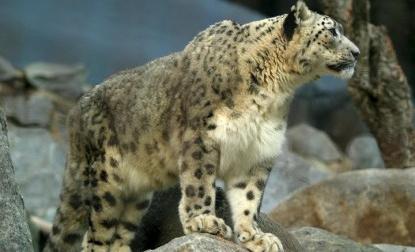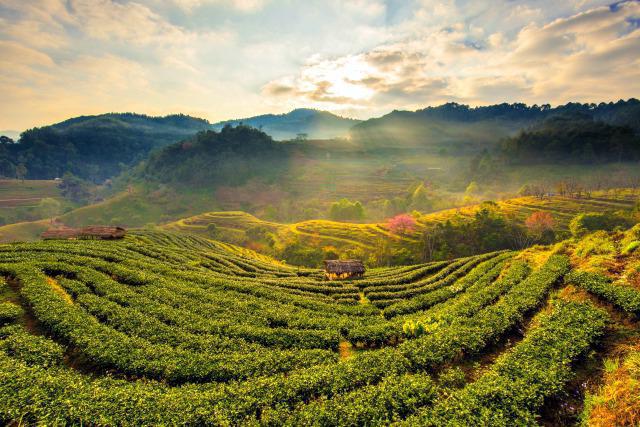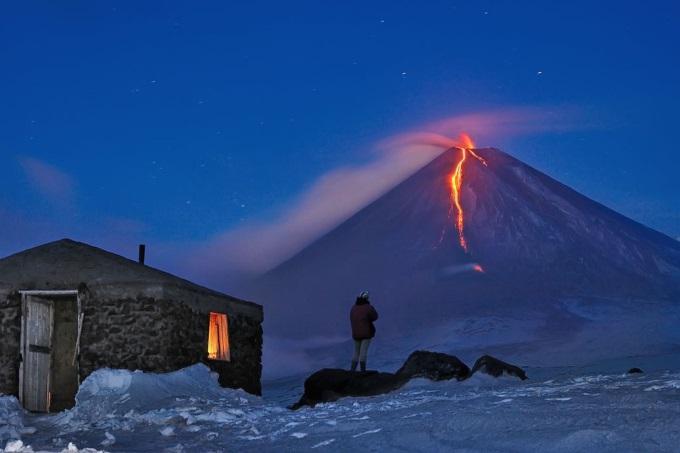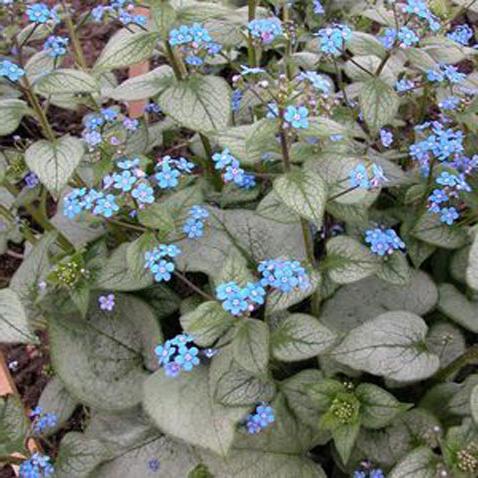East and West Sayans - mountains of the south of Siberia
In our vast country there are manyMountain ranges, differing from each other in the height of their ridges, as well as climatic conditions. Most of these massifs are little mastered by man, poorly populated, and therefore nature has managed to preserve its original, natural appearance.

The Western Sayan stretched out in length approximatelyfor six hundred kilometers, and the East for a thousand. Consisting of peaked and leveled ridges, which are separated by intermountain hollows, the Western Sayan is sometimes considered a separate mountain system - the mountains of Tuva. East Sayans - mountains, which are pronounced middle mountain ranges; on them there are glaciers, the melting water of which forms rivers belonging to the Yenisei basin. Between the Sayan ranges there are more than a dozen hollows, of various sizes and depths. Among them - Abakan-Minusinsk, very well known in archaeological circles. Sayans - the mountains are relatively low. The highest point of the Western Sayan Mountains is Mount Mongun-Taiga (3971 m), and Eastern Munku-Sardyk (3,491 m).

The slopes of the Sayans are mostly covered with taiga,which goes into subalpine and alpine meadows, and in higher places to the mountain tundra. The main obstacle to agriculture is the presence of permafrost. In general, the Sayans are mountains covered with light larch-cedar and dark coniferous spruce-cedar and fir forests.

The man began to settle in the Sayan inter-mountainsabout forty thousand years ago, as evidenced by the remnants of stone tools found on primitive sites. In the Western Sayan found traces of Uyuk culture. So, in one of the burial places in the Valley of the Kings on the river Uyuk - in the grave of the Scythian leader - it was discovered 20 kilograms of gold items. The Russians began to settle here in the 17th century, founded on the banks of local rivers, which at that time were the only transport route, fortified settlements - jails. And in our days the Sayans are a sparsely populated area. The population prefers to live near roads and large rivers, although there are small peoples living far from civilization. So, in one of the hard-to-reach areas - Tofalaria - the Tofalara (Tofah), a population of less than 700 people, resides.








